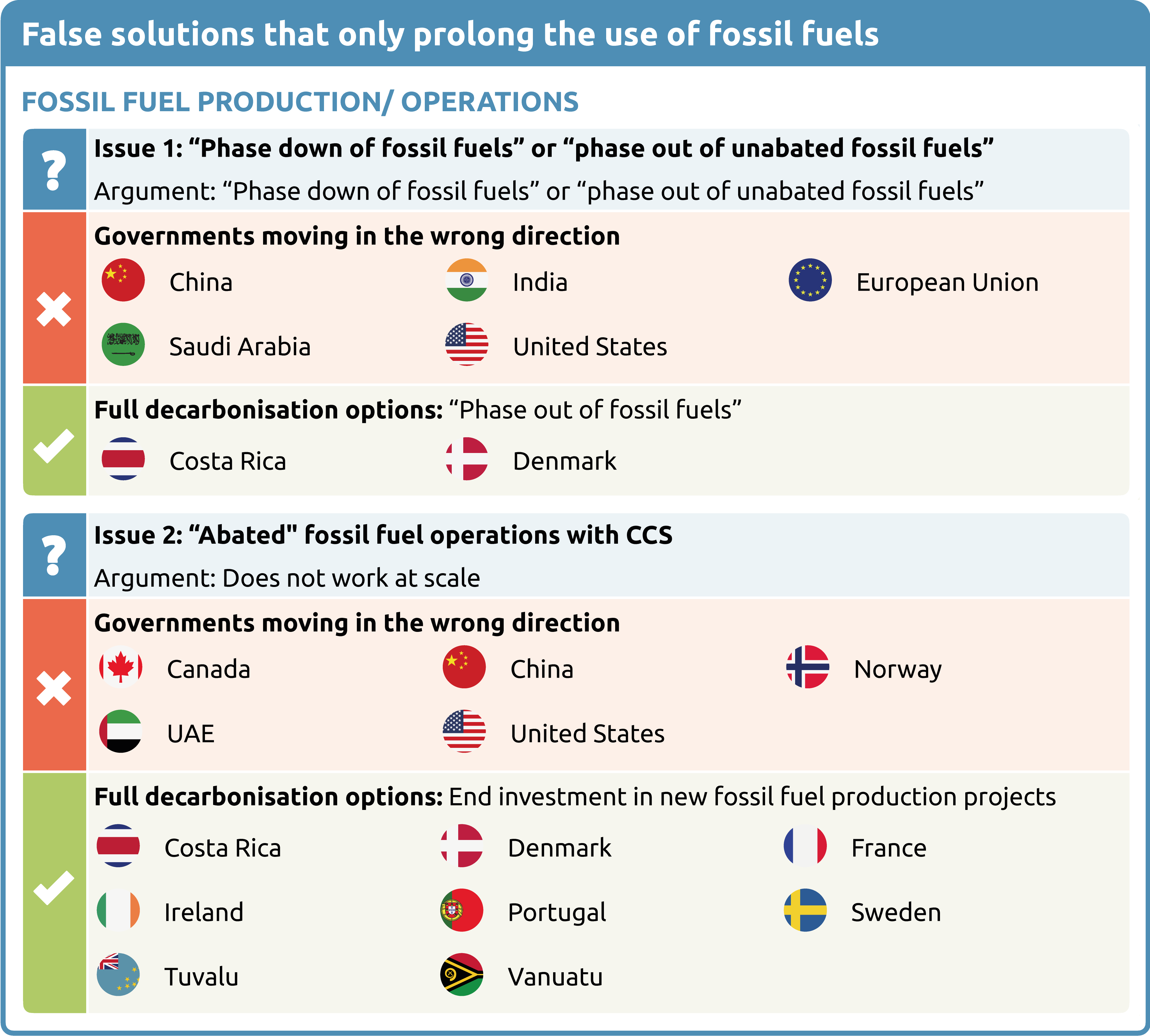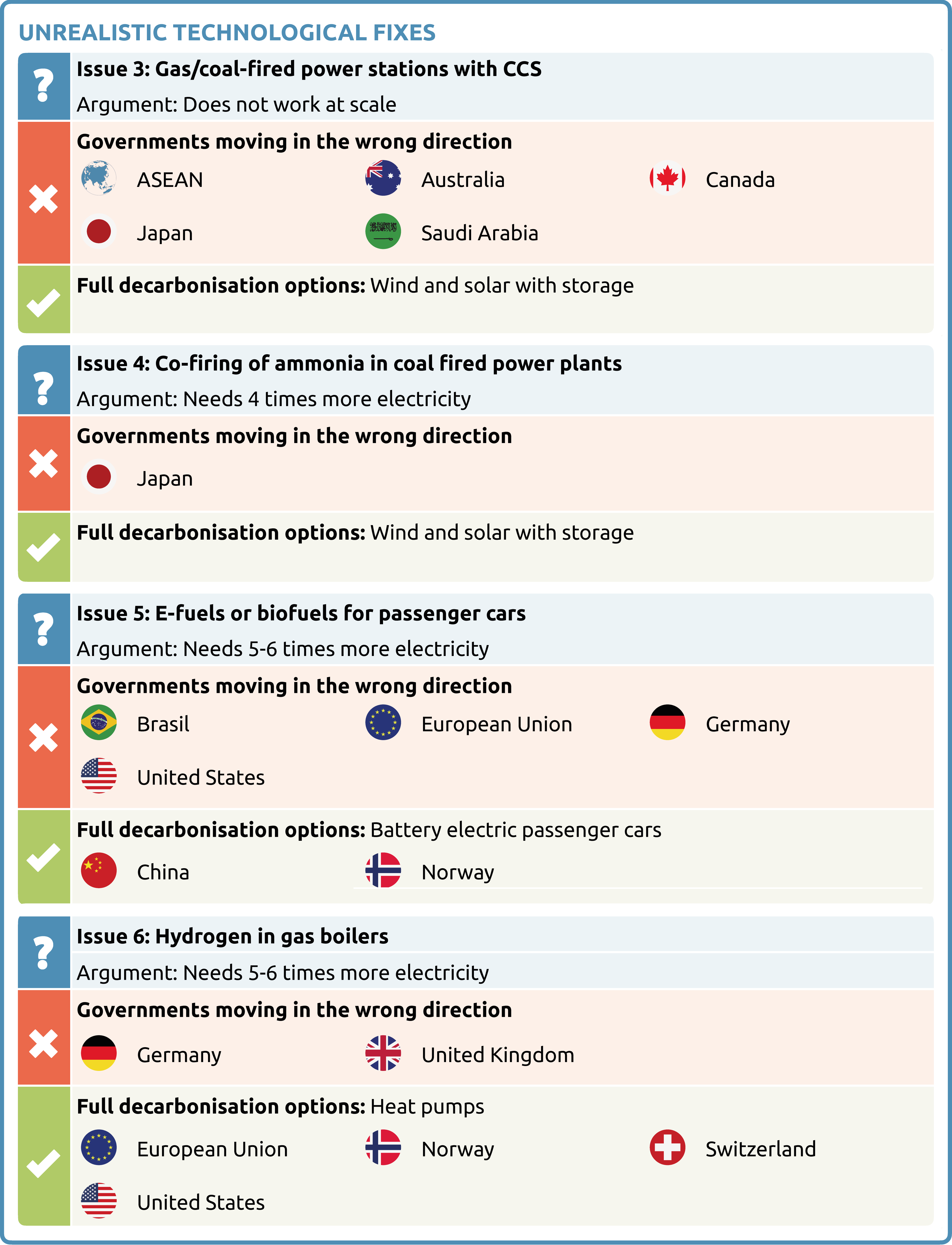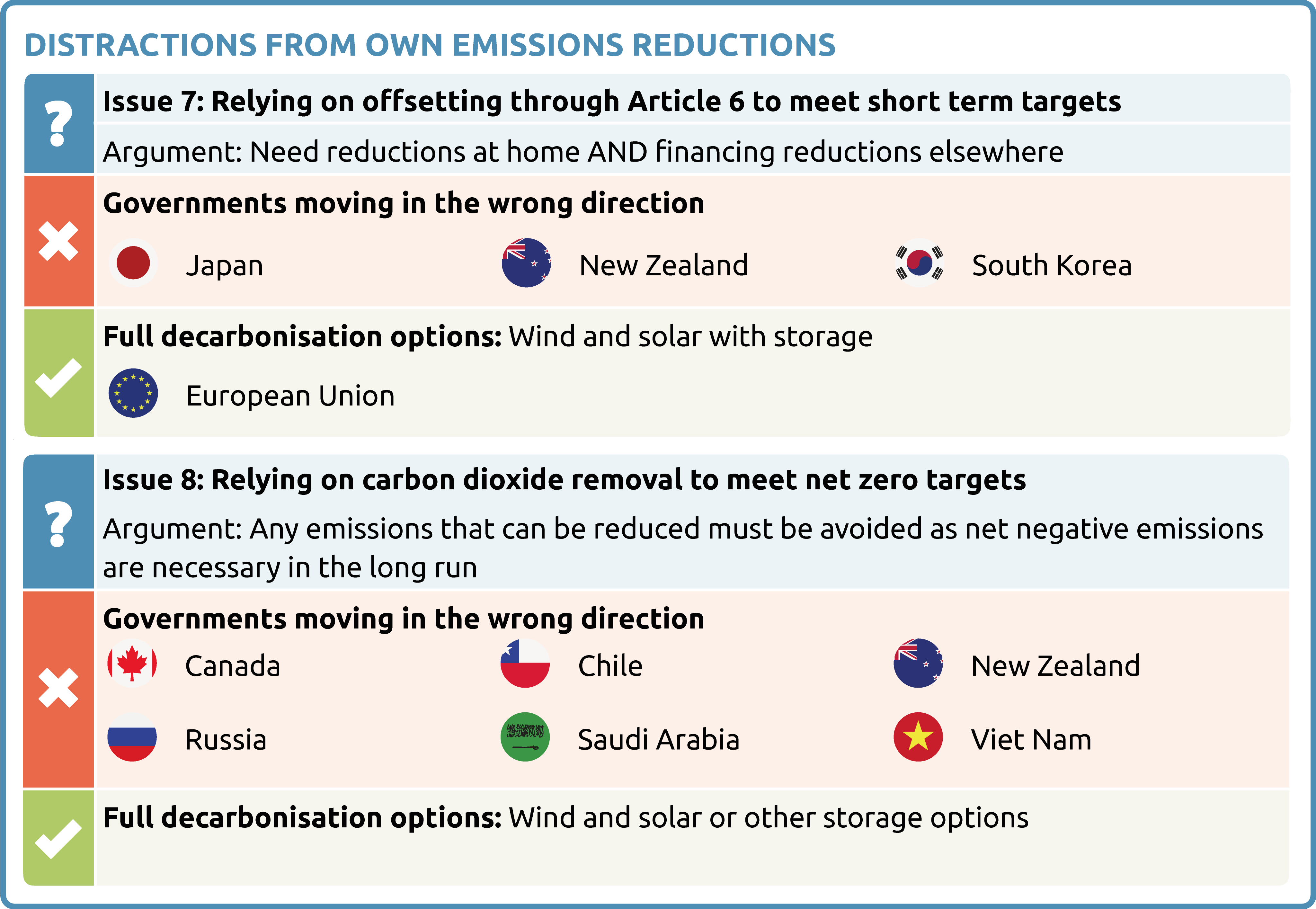Despite government promises, warming projections have not improved since Glasgow two years ago, amid worsening climate impacts. In a year where every continent experienced record-breaking heat, wildfires, tropical cyclones or some other extreme events, there has been no discernable shift in action, the Climate Action Tracker finds in a their latest briefing.
Government 2030 targets will lead to 2.5°C of warming by the end of the century: 0.1°C higher than last year. This change is due to weak existing targets rather than any major shifts in new NDC updates: we take the level of emissions anticipated under current policies for those countries that we expect to overachieve their weak 2030 targets.
Warming levels under binding net zero targets (our "Pledges and targets" scenario) is back to what we estimated in 2021, with an end of century warming of 2.1˚C. Of the 40 countries we track, Kazakhstan was the only government to enshrine its net zero target into law this year and have its net zero target added to this scenario. Governments agreed to stronger targets for international shipping, it wasn’t enough to move the needle.
The CAT "Optimistic scenario", which includes also all announced targets in addition to the binding ones, results in warming of 1.8°C, still well above 1.5˚C. Until the world achieves universal coverage of net zero targets or significant improvements in governments’ existing long-tern targets (covering more sectors or less relying on removals) or 2030 targets (and thus lower cumulative emissions), we are unlikely to see any movement in this pathway.
Under the CAT "Policies and action" scenario, given the absence of any major policy improvement in this critical decade, end of century warming remains at 2.7°C, an estimate, again, unchanged since 2021.
Looking ahead, 2035 offers glimmers of improved policy actions to come, but cannot be an excuse for a lack of action this critical decade.
Do not fall for false solutions - "abated" is not a phase-out
"Abated" is not a phase-out. COP28 must agree to phase out fossil fuels: everything else is a distraction. In 2015, as part of the Paris Agreement’s commitment to balance emission sources and sinks in the second half of the century, Governments essentially agreed to ‘phase out’ fossil fuels. Burning fossil fuels is THE main cause of climate change. Anything less than a clear and explicit commitment to phase out fossil fuels in a COP28 decision is a step backwards. Not phase ‘down’, not limiting it to ‘unabated’ nor shifting the focus to fossil fuel ‘emissions’: just a fossil fuel phase-out.
The fossil fuel industry and some governments are still trying to support every unrealistic techno fix to see if one of these false solutions sticks.
- Adding carbon capture and storage (CCS) to fossil fuel operations or coal or fossil gas-fired power stations does not work, neither technologically, and certainly not commercially, and not at scale. Wind and solar with storage are much better options.
- Co-firing ammonia with coal in thermal power plants is highly inefficient and uneconomic.
- E-fuels are in a similar boat, being five to six times less efficient than battery electric cars. It’s the same story for hydrogen boilers compared to heat pumps.
- Using carbon credits to offset domestic emissions and meet NDC targets will only lead to a delay in reducing countries' own emissions and add to the ambition gap. There are also serious concerns about the quality of the reductions and removals sold.
- Countries should not rely on carbon removal for their net zero targets. While the world will need some carbon dioxide removal to keep warming below 1.5°C, we need to keep its use as low as possible, given the tremendous uncertainties around reliability, costs, and permanence. It cannot be an excuse to avoid deep cuts in emissions across all sectors of the global economy and a phasing out of fossil fuels.
The fossil fuel industry must face facts: its very existence is not climate friendly. Exploration, production and use has to stop.



2035 target "must haves"
The Global Stocktake needs to deliver increased momentum on real action this decade and inform governments in their preparation of 1.5°C aligned 2035 targets. Real action means:
- Peaking emissions as soon as possible and before 2025
- Tripling renewables and doubling energy efficiency by 2030, and
- Cutting fossil fuel production and use 40% by 2030.
Setting new 2035 targets without changing 2030 targets will not keep 1.5°C alive. The 2035 targets need to be part of a broader pathway to net zero and must show how countries will surpass their current 2030 targets and ramp up emission cuts this decade. These new NDCs are due by February 2025. In this update we set out a list of "must haves" for what should be in the 2035 NDCs.
The CAT's six essential criteria for government 2035 NDC's are:
1. Cut emissions substantially - at home
2. Align the target to a net-zero pathway, and overachieve 2030 target
3. Set absolute, economy wide, emission reduction targets
4. Scale up climate finance
5. Focus on domestic reductions, not trees or carbon markets
6. Start developing and implementing new policies









